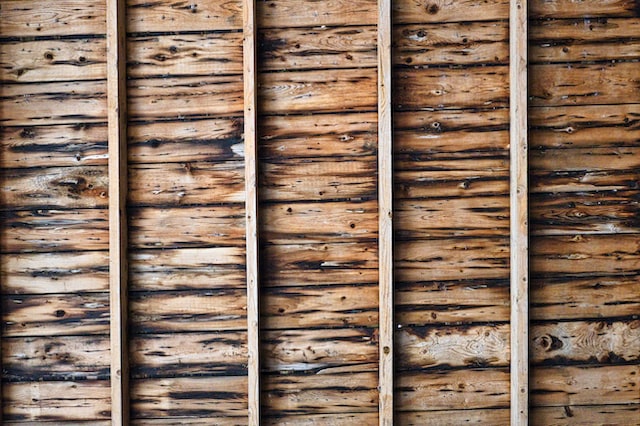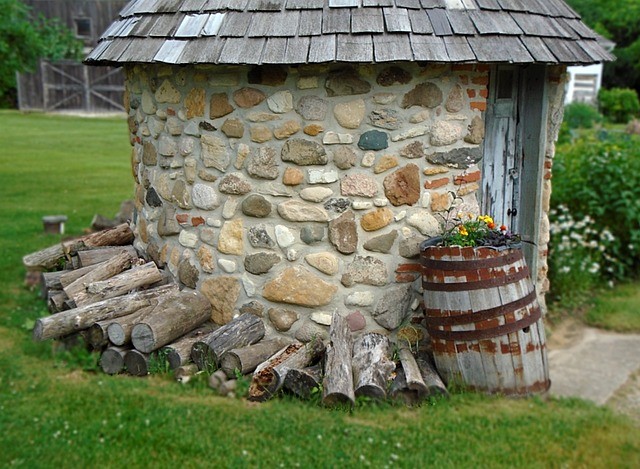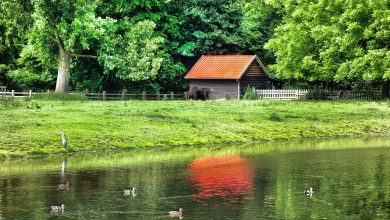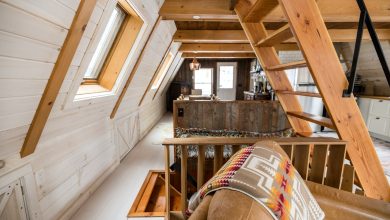How to Insulate a Garden Shed in the UK

Garden sheds are usually designed to store tools. Still, some times a shed can be used as a summerhouse.
Wood structure

You can insulate well even a simple wooden shed. The insulation of the shed from the outside is carried out as follows:
- Frame on the walls: the surface of the walls plays the role of the back of the frame. The front is made of boards. If there are a lot of cracks in the building, the boards are nailed overlap. If there are none, the frame is made simply of boards or beams.
- Laying insulation: insulation is placed in the resulting free space between parallel walls. The choice of material directly depends on the budget. The most expensive option is mineral wool, but it can be replaced with cheaper foam or polyurethane foam. You can also use dry sawdust.
- Finishing: to make the building look attractive, the outside of the frame is additionally sheathed or painted. The latter option is preferable, since it performs not only an aesthetic function, but also protects the wood from rotting.
It often happens that after the external insulation is completed, wooden shed becomes warm enough, and internal work is not required. Still, if the temperature in the room has not reached the required indicators, the shed is additionally isolated inside.
Brick or stone shed

Of course, much more durable structures come out of stone or brick. Despite the high cost of building such a shed, some prefer to invest money once, so that later they do not know the problems with constant reconstructions and repairs. The possibility of shrinkage and not the most attractive appearance is one of the disadvantages of such a solution.
You will also have to invest in the insulation of such a shed, but here you can use the same materials as for the insulation of a wooden shed.
Metal construction
Metal shed is a durable, reliable construction with a high degree of burglar resistance. Still, it has one serious drawback: the high thermal conductivity of the steel sheets from which the structure is assembled.
The best option is external insulation. Thus, the dew point (condensation formation at the interface of cold and warm air) is shifted closer to the outer surfaces of the insulation layer. And if you choose the right thermal insulation material with the lowest possible thermal conductivity, you can achieve a shift of the dew point to the surface of the finish. The second positive factor is the lowness of the internal volume of the shed space in terms of overall dimensions.
There are several effective and inexpensive technologies for insulation of metal sheds, for example, with bricks outside. Still, as practice shows, foam is most often used inside. There are no restrictions or contraindications in the use of this material. At the same time, this insulation has a number of good technical characteristics including the low price of the product itself.




